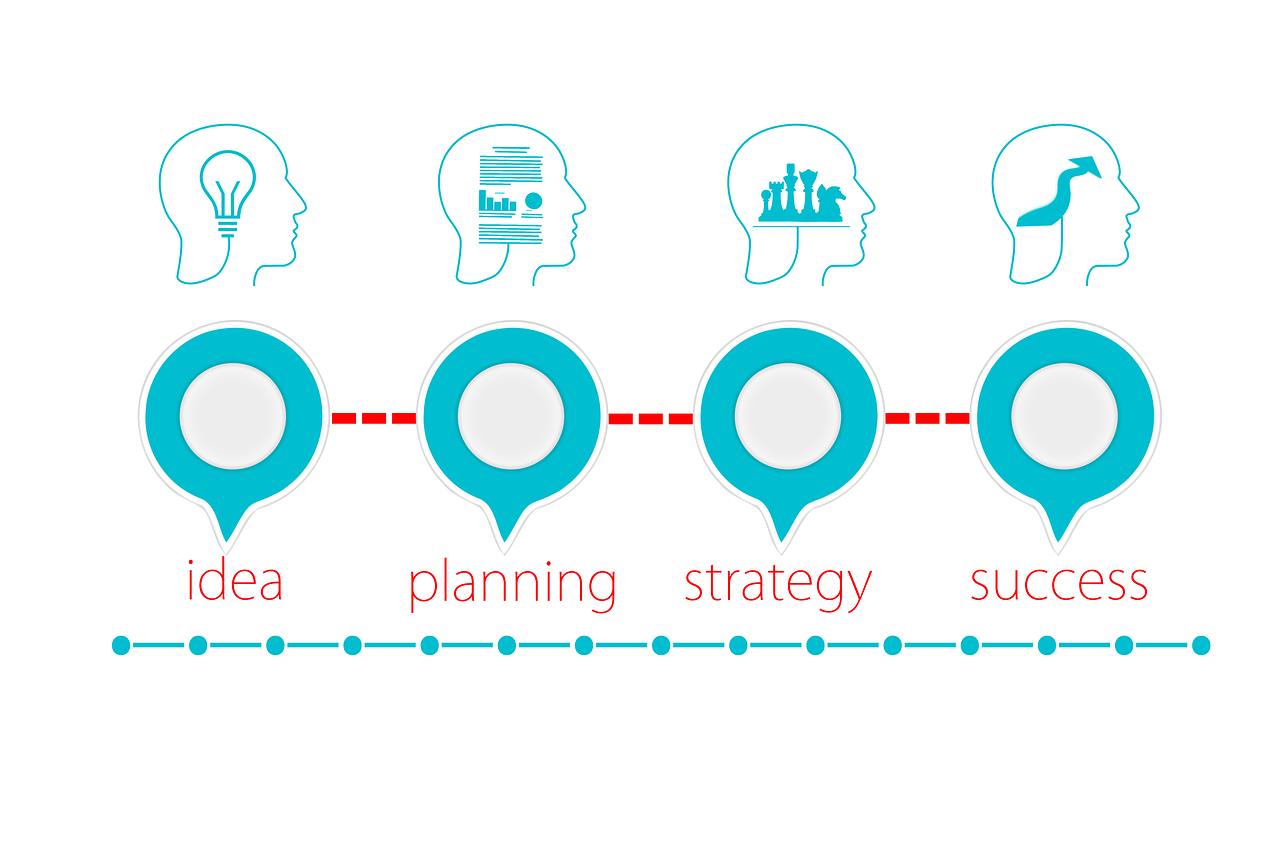
1. Conduct a SWOT Analysis:
a. Internal Analysis (Strengths and Weaknesses):
- Gather Stakeholders: Involve key team members and stakeholders in the SWOT analysis process.
- Identify Strengths:
- Assess internal capabilities, unique selling points, and positive aspects of your business.
- Example: Strong local brand recognition, personalized customer service.
- Identify Weaknesses:
- Examine areas that need improvement or where resources are limited.
- Example: Limited online presence, reliance on a single supplier.
b. External Analysis (Opportunities and Threats):
- Market Research:
- Conduct research on market trends, customer behaviors, and industry changes.
- Identify Opportunities:
- Explore potential areas for growth, new markets, or emerging trends.
- Example: Niche markets, online expansion opportunities.
- Identify Threats:
- Analyze external factors that could pose challenges to your business.
- Example: Increasing competition, economic downturn.
2. Translate SWOT Insights into SMART Goals:
a. Specific (S):
- Define Specific Goals:
- Clearly articulate what you want to achieve based on SWOT insights.
- Example: Increase online visibility and sales through the launch of an e-commerce platform.
b. Measurable (M):
- Establish Measurable Metrics:
- Identify specific metrics to track progress and success.
- Example: Achieve a 15% increase in online sales within the next six months.
c. Achievable (A):
- Ensure Goals are Achievable:
- Assess whether the goals align with your available resources and capabilities.
- Example: Ensure the e-commerce platform launch is achievable within budget constraints.
d. Relevant (R):
- Align Goals with SWOT Insights:
- Ensure that each goal addresses a specific aspect from the SWOT analysis.
- Example: Leverage strengths in personalized service for customer engagement in the online store.
e. Time-Bound (T):
- Set Timeframes:
- Define clear timelines for achieving each goal.
- Example: Launch the e-commerce platform within the next three months.
3. Develop Action Plans:
- Break Down Goals into Tasks:
- Outline specific tasks and actions required to achieve each goal.
- Example: Develop a website, create product listings, set up secure online payment options.
4. Prioritize and Implement:
- Prioritize Goals:
- Rank goals based on importance and potential impact on your business.
- Implement Action Plans:
- Execute the action plans, ensuring that tasks are assigned and deadlines are met.
5. Regular Monitoring and Adaptation:
- Monitor Progress:
- Regularly track key performance indicators (KPIs) and adjust strategies as needed.
- Adapt Strategies:
- Be agile and adapt strategies based on changes in the business environment or unforeseen challenges.
6. Communication and Engagement:
- Communicate Goals:
- Clearly communicate the SMART goals to your team, ensuring everyone understands their role.
- Engage Stakeholders:
- Foster a collaborative culture, encouraging feedback and involvement from key stakeholders.
7. Celebrate Successes and Learn from Challenges:
- Celebrate Achievements:
- Acknowledge and celebrate milestones and successes.
- Learn from Challenges:
- Analyze challenges, gather feedback, and use insights to refine strategies for continuous improvement.
8. Continuous Improvement:
- Iterate and Refine:
- Regularly revisit your SWOT analysis and SMART goals, iterating and refining them as needed.
- Stay Informed:
- Stay informed about industry trends, customer preferences, and changes in the competitive landscape.
By following these steps, small businesses can develop a targeted and achievable marketing strategy that leverages strengths, addresses weaknesses, and positions the business to capitalize on opportunities. The iterative nature of this process allows for continuous improvement and adaptability in the dynamic small business environment.
Our Services

































